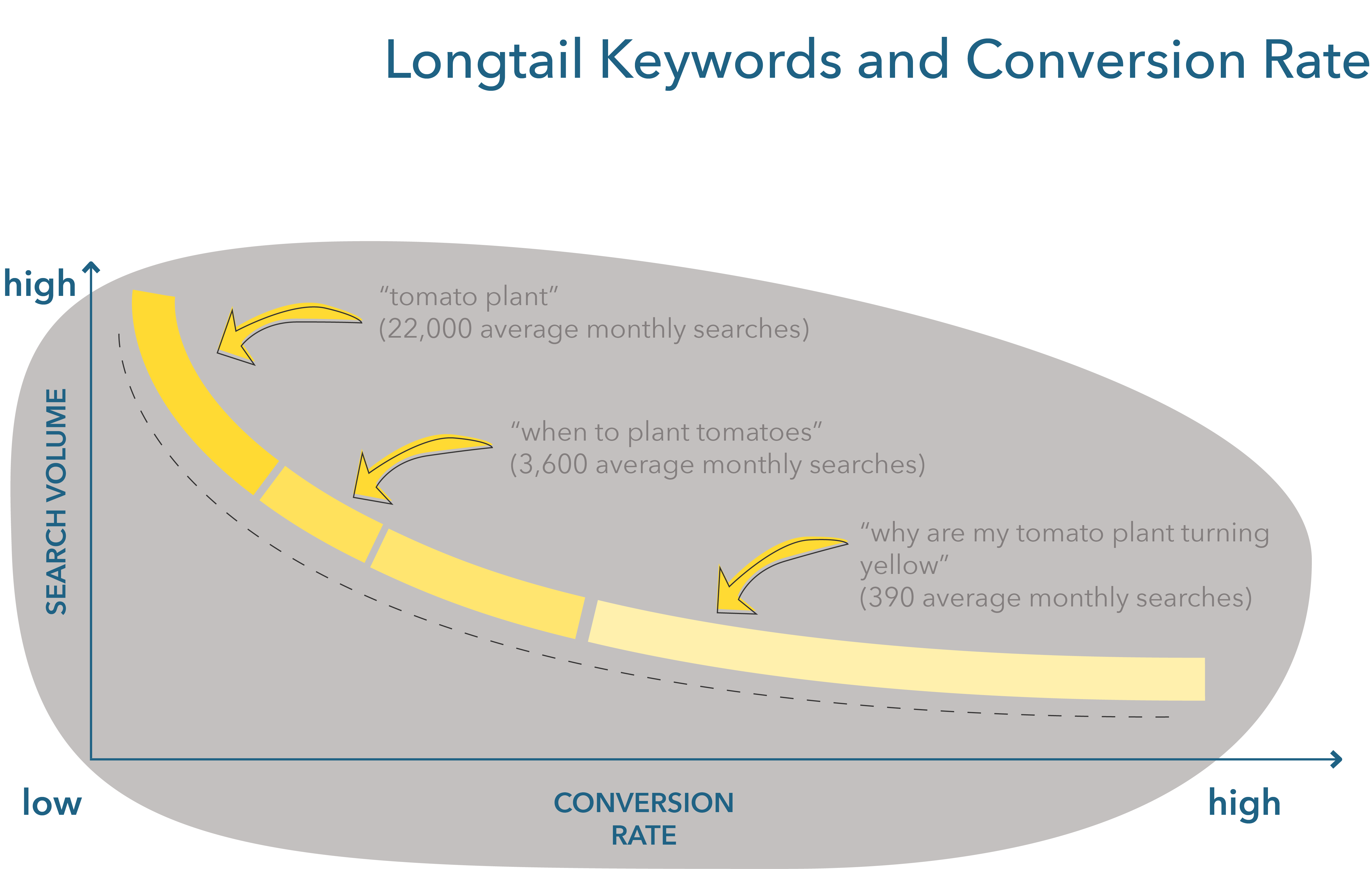Search Advertising
In comparison to SEO, search advertising entails gaining traffic on SERPs by bidding on keywords. Search advertising is also referred to as PPC advertising because of the mode of payment: Advertisers typically pay search engines for each click their ad receives.
Search ads are sold and delivered on the basis of keywords. Advertisers decide on sets of keywords they would like their ad to show up for, and when users search for these terms, their ad might show up. Keywords are sold through an auction process. As a result, industries with very high customer lifetime value, such as insurance or mortgage firms, can pay upward of $50 per click.
To better understand how to bid for keywords, let’s watch the following video, which explains how the Google search ad auction works.
Using search ads requires combining three main elements: the keywords you want your ad to show for, your ad (i.e., a headline or two, a URL, and a description), and a landing page. In short, you buy keywords that will be used by a search engine to display your ad when people search for those keywords. Your ad needs to be relevant to the search and attractive to the consumer. When your ad is clicked, you direct consumers to your landing page.
The guidelines for writing effective search ads are similar to those for writing effective page titles and meta descriptions. This is the only element that users will see on SERPs, and it is therefore important to make it as attractive as possible. First, the ad should ideally target a clear need or goal that consumers have, dependent on where they are in their journey. Is the consumer looking for information? Comparison tools? To purchase something? How can your ad help the consumer achieve their goal? Second, the ad should have a clear call to action.
Searches follow a long-tail distribution (Figure 5.18; text description here). This has implications when doing search ads: Most consumers might be using generic, high-volume keywords, while others might be using hyper-precise, low-volume keywords. Although bidding on high-volume keywords might seem like a good strategy, it comes with drawbacks. First, these keywords are likely more expensive. Second, they are less likely to bring quality traffic. By quality traffic, I mean visitors who can eventually become your customers. This is particularly important for search advertising, because each visitor is associated with a specific cost. Devising effective search advertising campaigns thus entails balancing volume and quality: Bringing in enough visitors that can buy your product or service but making sure that visitors who won’t buy it don’t click on your ad.
To do so, firms typically combine high-volume and low-volume keywords to tailor their search ads to visitors who can potentially be customers. This helps lead generation efforts down the line while ensuring more cost-effective search ad campaigns.
Figure 5.18 Longtail Keywords and Conversion Rate / From https://www.semrush.com/kb/685-what-are-long-tailed-keywords

After deciding on keywords, you can choose how keywords will be matched to specific searches. Four main types of match exist: broad match, phrase match, exact match, and negative match.
A broad match shows your ad for any search that contains the keyword(s) you are bidding on, and any other keyword in any order, as well as variations on your keywords such as misspellings, synonyms, singular and plural forms, stemming (e.g., a search for “flooring” will match “floor”), related searches and other variations.
For example, let’s assume you are bidding on the keyword “kitten” using a broad match. Any search containing a variation on “kitten” would show your ad, such as “kittens,” “kitten photos,” or “adopt a kitten.”
Associated with broad match are broad match modifiers, which allow more control over matches by including some other necessary keyword. For example, if you want your ad to be shown only for searches that contain both “adopt” AND “kitten,” you can specify that. Your ad could then show for searches such as “adopt a kitten,” “how to adopt a kitten,” or “best kitten to adopt.”
Phrase match shows your ad only for searches that include the exact phrase (or close variations of that exact phrase with additional words before or after). For example, let’s assume you are bidding on the key phrase “how to adopt a kitten.” Your ad could show for searches such as “how to adopt a kitten now” or “best ways how to adopt a kitten.”
Exact match only shows your ad for searches that use the exact phrase, or close variations of it, and no other words. For example, the key phrase “adopt a kitten” will match the searches “adopt a kitten” and potential misspellings (e.g., “adopt a kitten”).
Negative match prevents your ad from being shown when certain keywords are included, such as keywords that might cater to customers searching for a different product. For example, let’s say you’re an optometrist who sells eyeglasses. In this case, you may want to add negative keywords for search terms like “wine glasses” and “drinking glasses.”
A few metrics that are important for evaluating your success when doing search advertising include the following:
- clickthrough rate (CTR): the percentage of impressions that turn into clicks (clicks/impressions)
- conversion rate: the percentage of clicks that turn into conversions (conversions/clicks)
- cost per click (CPC): the amount of money you’re spending on each click (spend/clicks)
- cost per acquisition (CPA): the amount of money you’re spending on each conversion (spend/conversions)

No Comments